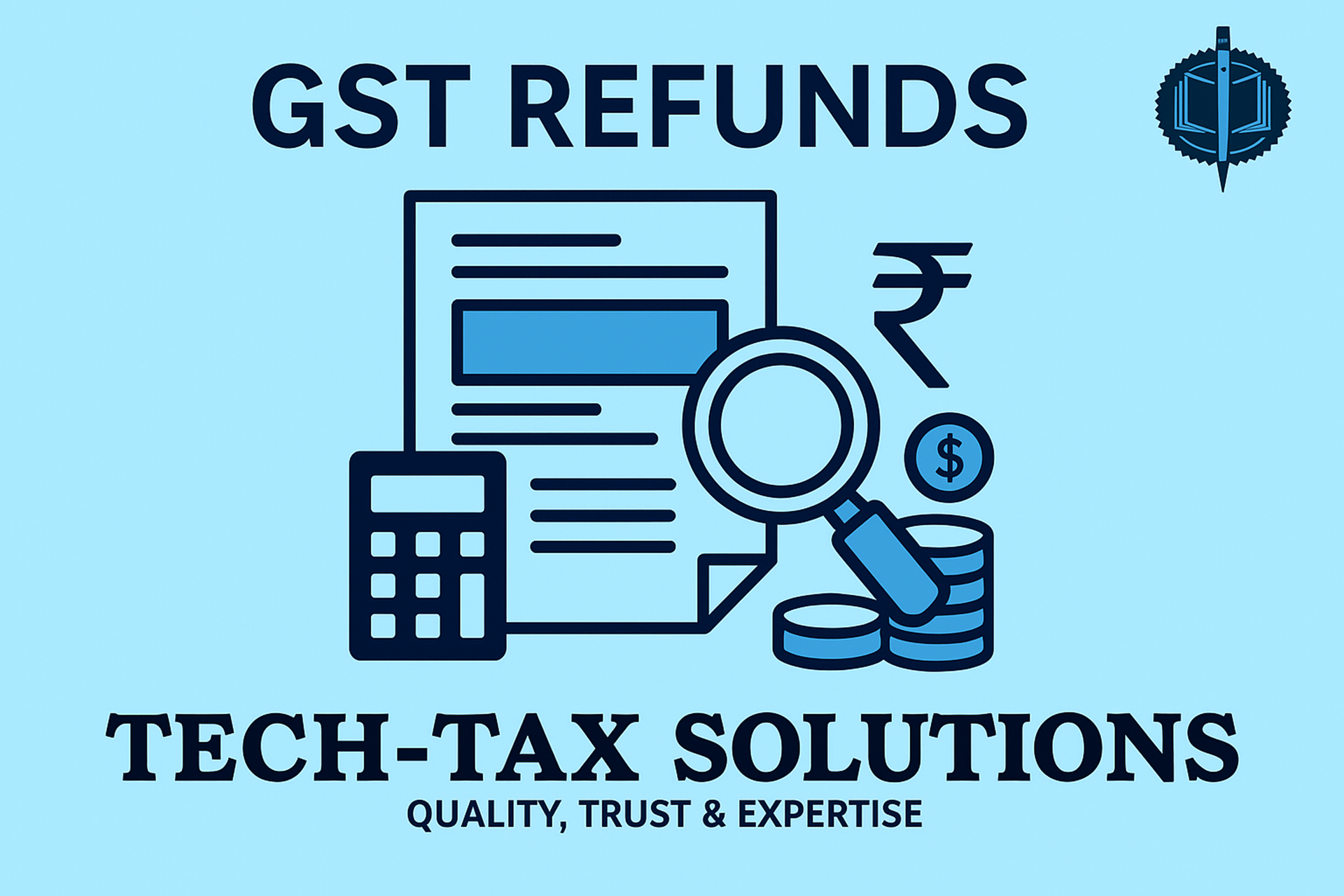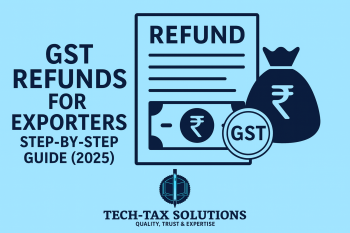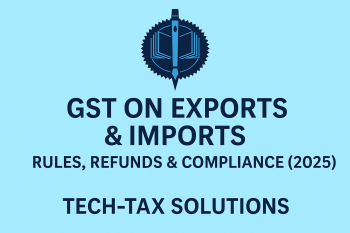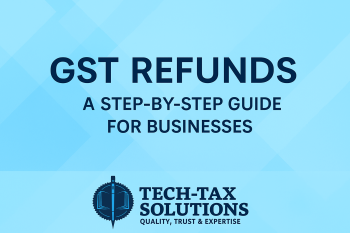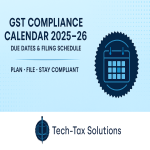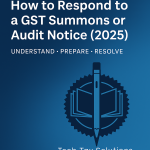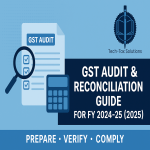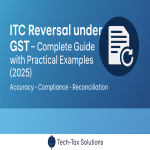🔹 Introduction
GST law provides a framework for refund of taxes and Input Tax Credit (ITC) to avoid cascading and ensure liquidity for businesses. Refunds are common in exports, inverted duty structures, and cases of excess payments. However, due to complex documentation and departmental scrutiny, refund applications are often delayed or rejected. In 2025, GST refunds remain a critical compliance area for exporters, SMEs, and service providers.
(Reference: Sec. 54 of CGST Act, Rule 89–97A of CGST Rules, CBIC Circulars till 2025)
🔹 Types of GST Refunds
-
Refund of Excess Cash Paid – Tax paid in excess due to errors in challan or return filing.
-
Refund of ITC on Zero-Rated Supplies (Exports & SEZ):
-
With payment of IGST.
-
Without payment (under LUT/Bond).
-
-
Refund of ITC under Inverted Duty Structure – When input tax is higher than output tax.
-
Refund on Deemed Exports – Supplies notified as deemed exports (e.g., supply to EOU).
-
Refund on Account of Cancellations – Tickets, advance payments, or supply cancellations.
-
Refund to International Tourists – IGST paid on goods carried out of India.
-
Refund on Wrong Tax Payment – CGST/SGST paid instead of IGST or vice versa.
🔹 Refund Application Procedure (Step-by-Step)
📌 Step 1: File refund application in FORM GST RFD-01 on GST portal.
📌 Step 2: ARN generated, acknowledgment issued in RFD-02 within 15 days.
📌 Step 3: Officer scrutinizes documents; if incomplete, issues deficiency memo (RFD-03).
📌 Step 4: Refund sanction/rejection order issued in RFD-06.
📌 Step 5: Refund amount credited electronically to taxpayer’s bank account.
🔹 Timelines for Refunds
-
Refund must be sanctioned within 60 days from date of application.
-
If delayed, interest @ 6% p.a. is payable to taxpayer.
-
For refunds ordered by appellate authority → 9% interest if delayed.
🔹 Practical Examples
Example 1: Exporter in Delhi
An exporter supplies goods worth ₹1 crore under LUT without IGST. ITC accumulation of ₹12 lakh. Refund claim filed in RFD-01. After scrutiny, ₹12 lakh refunded within 45 days.
Example 2: Small Trader in Ghaziabad
Paid IGST of ₹5 lakh instead of CGST+SGST. Filed refund claim. ₹5 lakh refunded after adjustment.
Example 3: Service Provider under Inverted Duty
Inputs taxed @18%, output service taxed @12%. Refund of inverted ITC ₹2 lakh claimed under Rule 89(5).
🔹 Common Issues in Refunds
-
Mismatch between GSTR-1 & GSTR-3B.
-
Invoices not reflected in GSTR-2B.
-
Filing refund under wrong category.
-
Delay in responding to deficiency memos.
-
Claiming ITC on ineligible items (blocked u/s 17(5)).
🔹 Best Practices
-
✅ Reconcile invoices before filing refund claim.
-
✅ Maintain export documents (shipping bill, LUT, invoices).
-
✅ File refund applications promptly to avoid lapsing of ITC.
-
✅ Track refund status on GST portal.
-
✅ Respond quickly to deficiency memos.
🔹 FAQs
Q1. What is the time limit for filing a refund claim?
➡️ Within 2 years from relevant date.
Q2. Can ITC refund be claimed if supplier hasn’t filed GSTR-1?
➡️ No, ITC must reflect in GSTR-2B.
Q3. Can refund be claimed for exempt supplies?
➡️ No, refund not available on exempt or nil-rated supplies.
Q4. Can refund be adjusted against outstanding demand?
➡️ Yes, department may adjust against tax dues.
Q5. Is CA certificate required for refund claim?
➡️ Only if claim > ₹2 lakh (in specified cases).
🔹 Conclusion
Refunds are a vital part of GST compliance, especially for exporters and businesses under inverted duty structure. Proper documentation and timely application are essential to ensure smooth processing. Mistakes in filing or mismatches in returns can cause unnecessary delays.
📌 Need assistance with GST refund filing, inverted duty claims, or export-related refunds?
Contact Tech-Tax Solutions – Quality, Trust & Expertise in Ghaziabad, Noida & Delhi.
